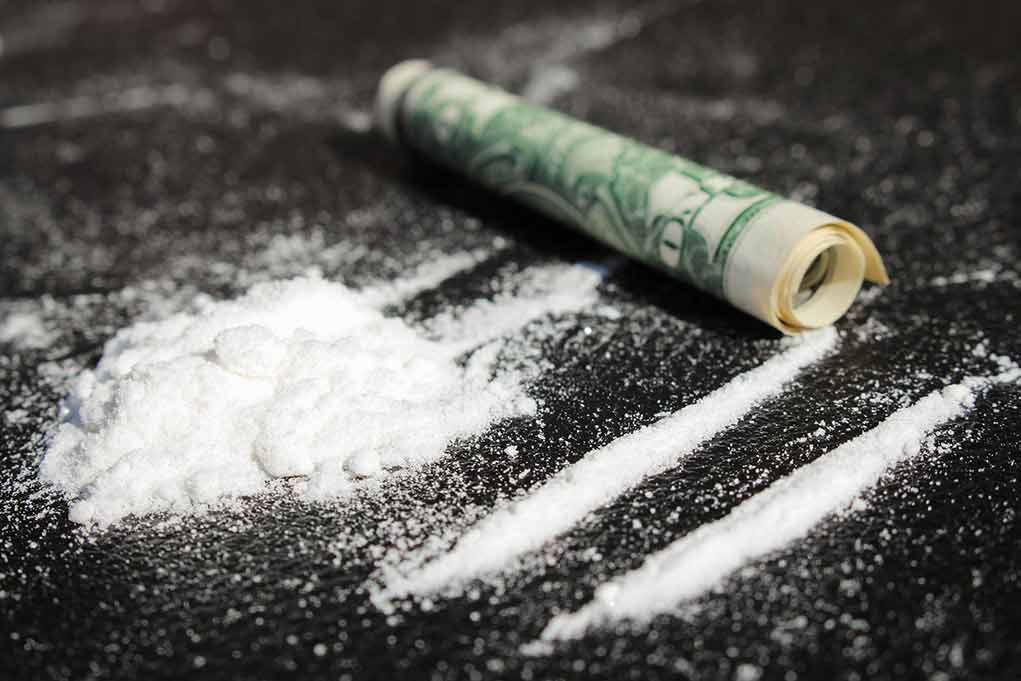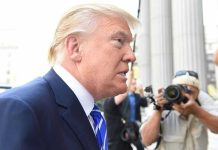
A serving Guyanese police commander and five other individuals were sanctioned by the US for operating elaborate cocaine trafficking networks using “narco submarines,” secret jungle airstrips, and corrupted officials to move drugs worth billions across international borders.
Key Takeaways
- Senior Superintendent Himnauth Sawh, a current Guyana police commander, and five others from Guyana and Colombia have been sanctioned by the US for cocaine trafficking operations
- The traffickers used sophisticated methods including “narco submarines,” illegal airstrips, and underground bunkers to transport cocaine valued at over G$40.7 billion
- Paul Daby Jr. and Randolph Duncan allegedly operate Guyana’s largest drug trafficking network, with Duncan moving cocaine to Africa, the Caribbean, Europe, and the United States
- Corruption at Guyana’s ports and borders facilitates the undetected movement of drugs, with recent seizures including over 8,000 pounds of cocaine near the Venezuela border
- The sanctions block all US-based property and interests of the designated individuals and require reporting to the Office of Foreign Assets Control (OFAC)
Law Enforcement Corruption Fuels International Drug Trade
In a significant blow against international narcotics trafficking, the U.S. Treasury Department has sanctioned six individuals involved in elaborate cocaine smuggling operations between South America, the United States, and Europe. Most notably, the sanctions target Senior Superintendent Himnauth Sawh, a currently serving police commander from Guyana’s Region One (Barima-Waini), who allegedly facilitated safe passage for Mexican and Venezuelan drug traffickers. Three other Guyanese nationals—Paul Daby Jr., Mark Cromwell (another former police officer), and Randolph Duncan—were also named in the sanctions, alongside two Colombian nationals, Yeison Andres Sanchez Vallejo and Manuel Salazar Gutierrez.
“The former Region One Police Commander Himnauth Sawh, 37, was today named in a statement from the US Department of Treasury Office of Foreign Assets Control (OFAC) in relation to the transshipping of cocaine from Guyana to the US,” stated US Department of Treasury Office of Foreign Assets Control (OFAC).
Sawh’s involvement became particularly suspicious after a massive seizure of 4.4 tonnes of cocaine valued at over G$40.7 billion was discovered hidden near an illegal airstrip at Matthew’s Ridge during his tenure as commander. Following this discovery, Sawh was quietly reassigned to head the Transport Workshop without any public explanation from the Guyanese police force. This marked the second instance in the past year where the US Office of Foreign Assets Control has sanctioned Guyanese individuals for drug trafficking, highlighting growing concerns about corruption within the nation’s law enforcement agencies.
Today, the U.S. Department of the Treasury’s Office of Foreign Assets Control sanctioned four Guyanese nationals and two Colombian nationals responsible for trafficking tons of cocaine from South America to the United States, Europe, and the Caribbean.
Today’s sanctions target…
— Treasury Department (@USTreasury) June 5, 2025
Sophisticated Smuggling Operations Span Continents
According to US Treasury officials, Daby Jr. and Duncan operate the largest drug trafficking operation in Guyana, employing a sophisticated network of smuggling techniques. These include the use of “narco submarines”—semi-submersible vessels capable of transporting up to 3 tons of cocaine while evading detection—as well as illegal airstrips and underground bunkers for storage. The OFAC statement detailed how drug traffickers exploit Guyana’s geographic features to maintain their operations, using the country’s remote locations as key transit points for cocaine moving from Colombia and Venezuela toward lucrative markets in North America and Europe.
“Drug traffickers exploit the rivers and jungles of South America by transiting large quantities of cocaine, from Colombia and Venezuela, through the waters of Guyana and Suriname,” stated US Department of Treasury Office of Foreign Assets Control (OFAC).
The Treasury Department specifically noted that Daby Jr. is also involved in transporting illegal gold, while Duncan moves cocaine from Guyana to Africa, the Caribbean, Europe, and the United States. The two Colombian nationals, Sanchez and Salazar, primarily manage airstrips used for smuggling cocaine from Colombia into Guyana. Small aircraft land on these clandestine airstrips, after which the cocaine is often buried in underground bunkers in jungle areas, particularly in the Barima-Waini region, before being transported to international destinations.
NEW!! US sanctions 4 Guyanese and 2 Colombian nationals responsible for trafficking tons of cocaine from South America to the U.S, Europe, and the Caribbean, per @USTreasury pic.twitter.com/CennNJMMs2
— Alex Raufoglu (@ralakbar) June 5, 2025
US Enforcement Actions Target Drug Networks’ Financial Resources
The sanctions represent a significant financial blow to these trafficking operations, as they block all property and interests of the designated individuals within United States jurisdiction. The Treasury Department’s actions require any assets held by these individuals in the US to be frozen and reported to OFAC, effectively cutting off access to the US financial system. This approach targets the economic foundation of these criminal enterprises, rather than just pursuing criminal prosecutions that can be difficult to secure across international boundaries.
“As a result of today’s action, all property and interests in property of the designated or blocked persons described above that are in the United States or in the possession or control of U.S. persons are blocked and must be reported to OFAC,” stated the Treasury Department.
Authorities have recently discovered record amounts of cocaine in various smuggling operations, including a cargo vessel intercepted off Trinidad and Tobago in March 2025 carrying 182 kilograms of cocaine. Even more concerning, over 8,000 pounds of cocaine were found near the Venezuela border last year. Interpol has issued warnings about the increased use of “narco submarines” to cross the Atlantic Ocean, delivering drugs directly to Western Europe and bypassing traditional transit routes, demonstrating the evolving sophistication of these criminal networks and the need for coordinated international enforcement efforts.












